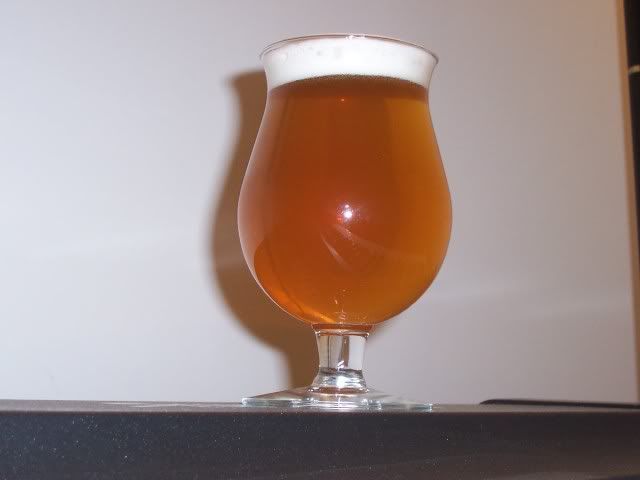menschmaschine
Well-Known Member
Paging through Designing Great Beers and trying to decide what to brew next, I ran across the chapter on Bocks and the information given about the famous beer of Einbeck, circa ~1300-1650. Inferred from this information is that, according to how we style beers today, the original Einbeck beer was a completely different style than the Bocks that Bavaria turned it into.
It was apparently very famous, highly prized, and exported to as far as Jerusalem, but died off when Einbeck's brewing died off after the Thirty Year's War (1618-1648). Also, sometime in the 1600s, an Einbeck brewer went to Munich to help brew better beer there (which wasn't highly regarded at the time) and the Einbeck beer made the transformation into the Bock beer we know today.
The original Einbeck beer has 1/3 wheat malt, 2/3 barley malt (lightly kilned for the time) and was very bitter with a slight, but pleasant acidity. It was also apparently top-fermented (but brewed in winter), but cold-conditioned (lagered... like an Altbier).
So, if this beer was so good, is any commercial or homebrewer making this today? By inferring from DGB, I would think this beer would have a medium gravity (1.050+), a BU:GU ratio similar to a Dusseldorf Altbier, a color of around 8-ish SRM, brewed with relatively soft water, and fermented with a German Ale yeast. The "pleasant acidity" in the original was probably due to lactobacillus back in the day, but one could attempt to replicate it by starting with a mash pH on the low end.
So, I'm thinking the following as a start:
Wheat Malt = 33.33%
Munich (light) = 50.00%
Pilsener Malt = 16.67%
Mashed with a Hochkurz-style schedule.
OG = ~ 1.054, FG = ~ 1.014
Hops = Hallertauer- 35-40 IBUs at 60 min.
Yeast = Fermentis K-97 German Ale yeast
Any thoughts?
It was apparently very famous, highly prized, and exported to as far as Jerusalem, but died off when Einbeck's brewing died off after the Thirty Year's War (1618-1648). Also, sometime in the 1600s, an Einbeck brewer went to Munich to help brew better beer there (which wasn't highly regarded at the time) and the Einbeck beer made the transformation into the Bock beer we know today.
The original Einbeck beer has 1/3 wheat malt, 2/3 barley malt (lightly kilned for the time) and was very bitter with a slight, but pleasant acidity. It was also apparently top-fermented (but brewed in winter), but cold-conditioned (lagered... like an Altbier).
So, if this beer was so good, is any commercial or homebrewer making this today? By inferring from DGB, I would think this beer would have a medium gravity (1.050+), a BU:GU ratio similar to a Dusseldorf Altbier, a color of around 8-ish SRM, brewed with relatively soft water, and fermented with a German Ale yeast. The "pleasant acidity" in the original was probably due to lactobacillus back in the day, but one could attempt to replicate it by starting with a mash pH on the low end.
So, I'm thinking the following as a start:
Wheat Malt = 33.33%
Munich (light) = 50.00%
Pilsener Malt = 16.67%
Mashed with a Hochkurz-style schedule.
OG = ~ 1.054, FG = ~ 1.014
Hops = Hallertauer- 35-40 IBUs at 60 min.
Yeast = Fermentis K-97 German Ale yeast
Any thoughts?



